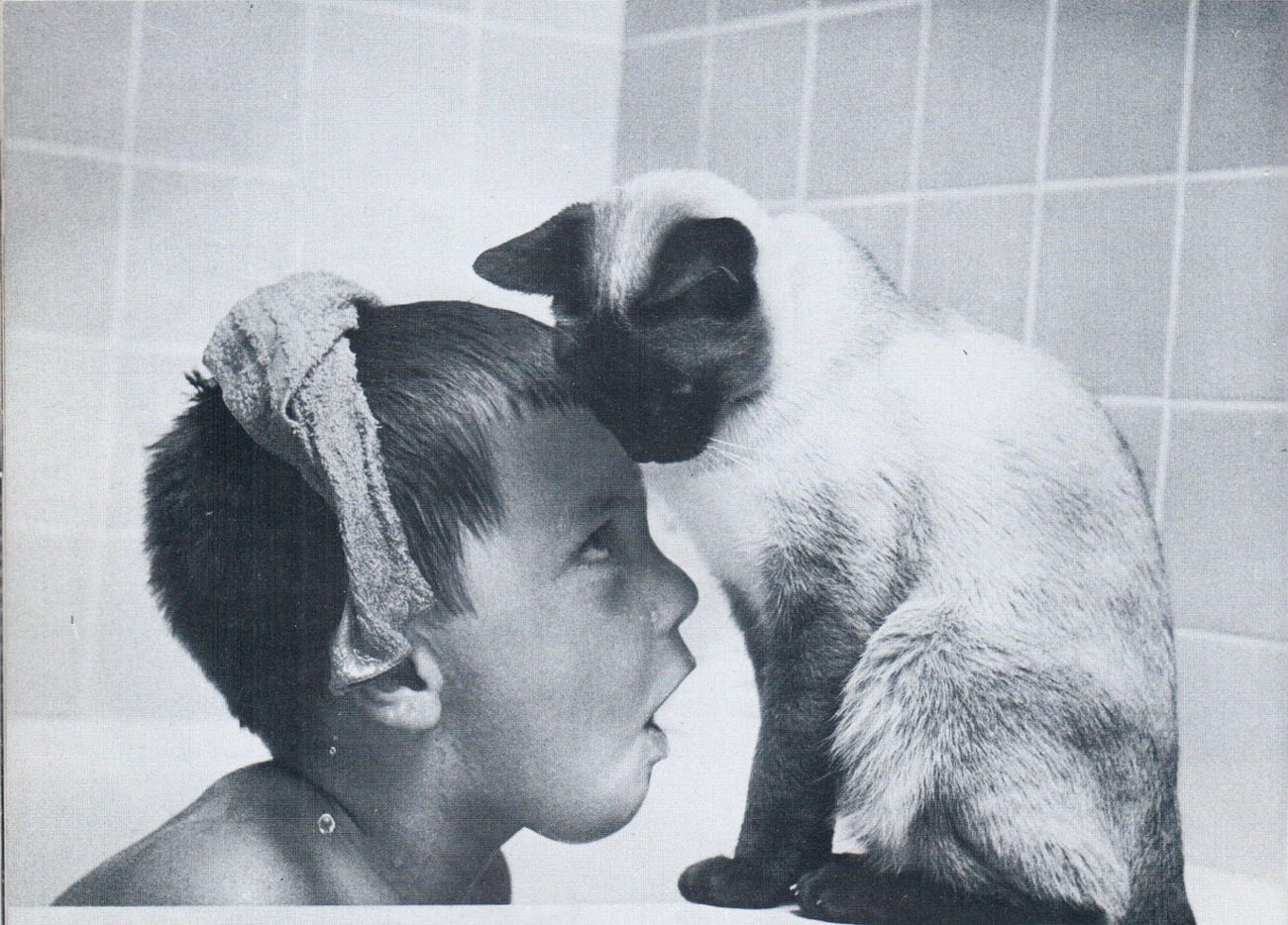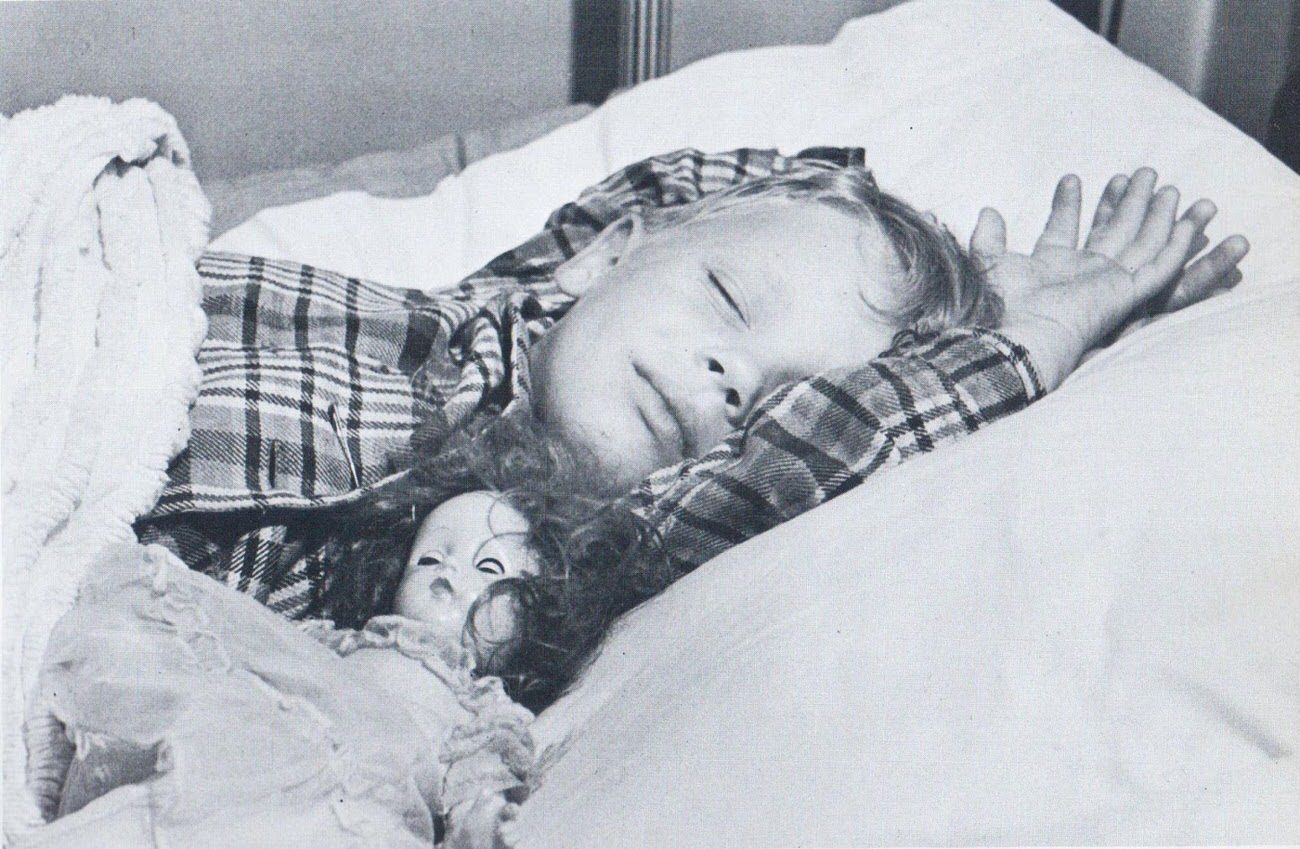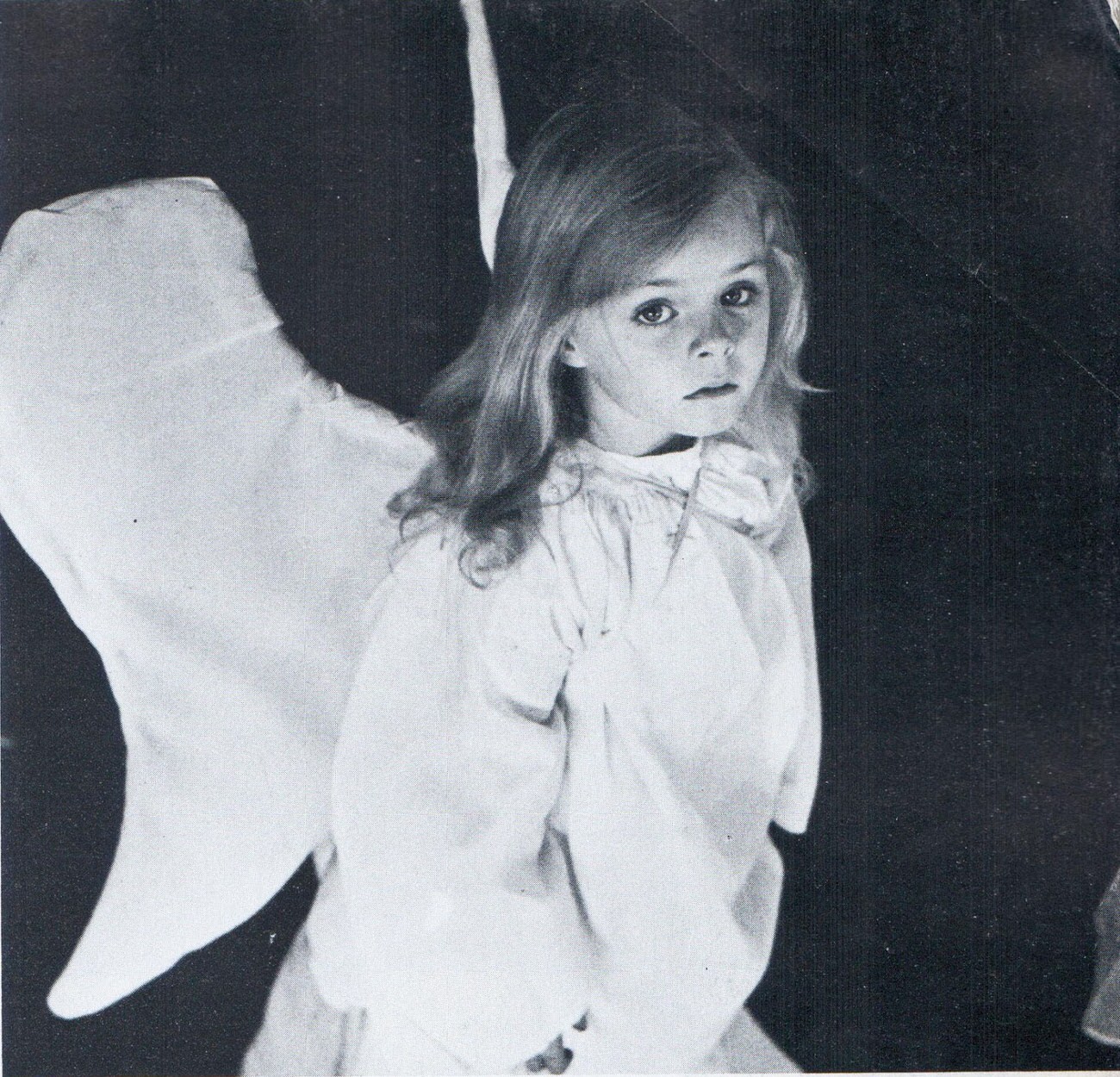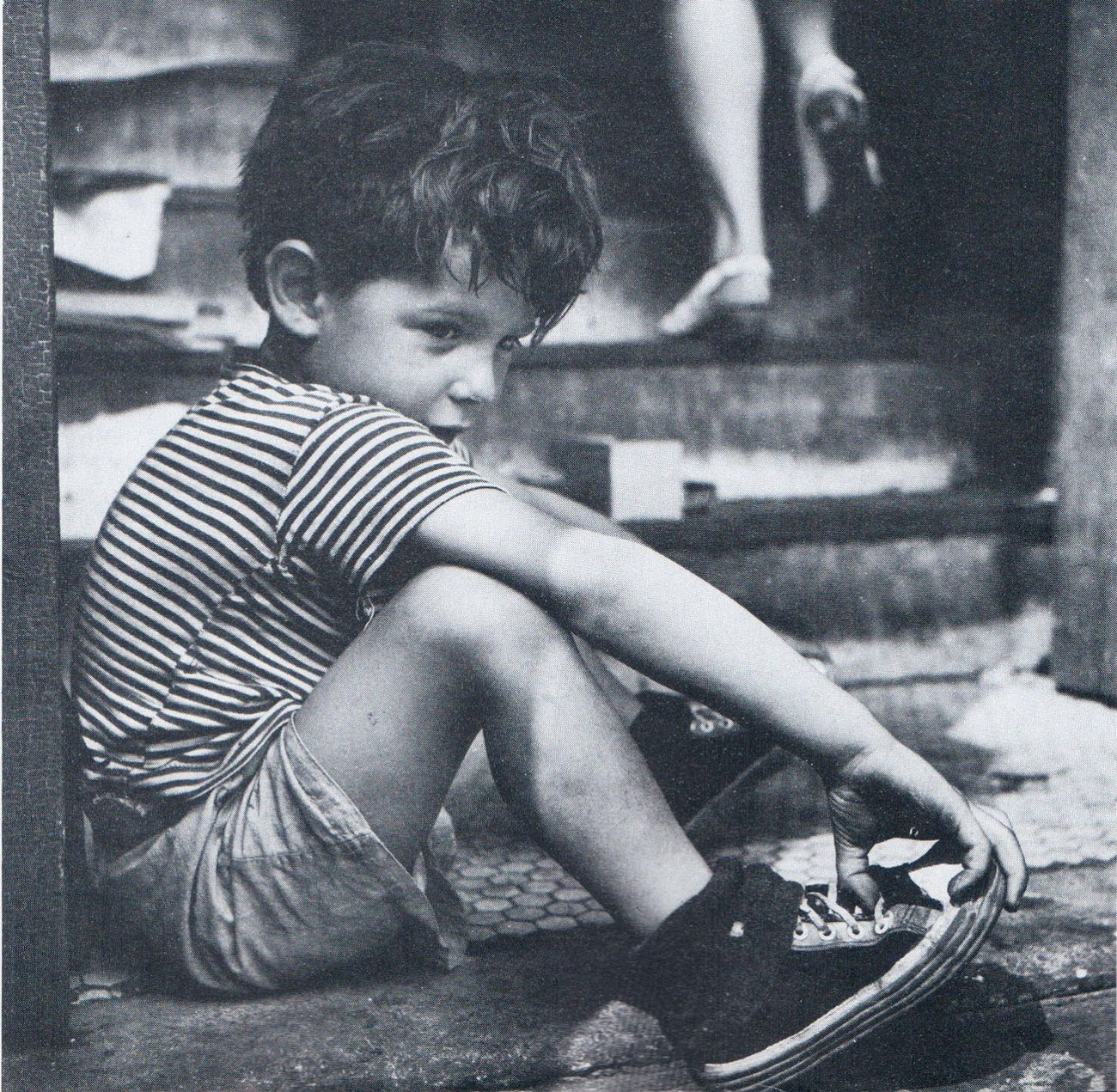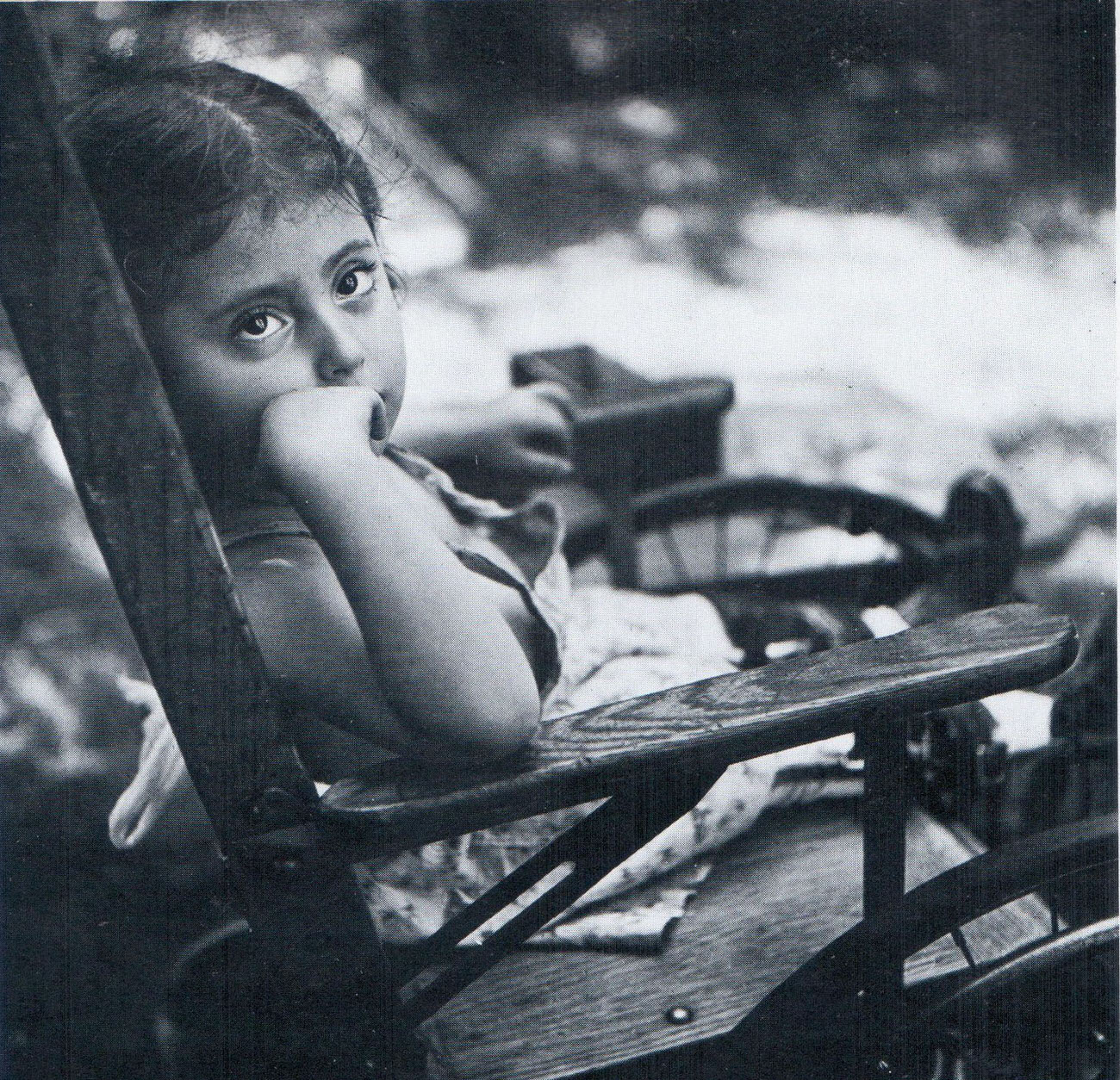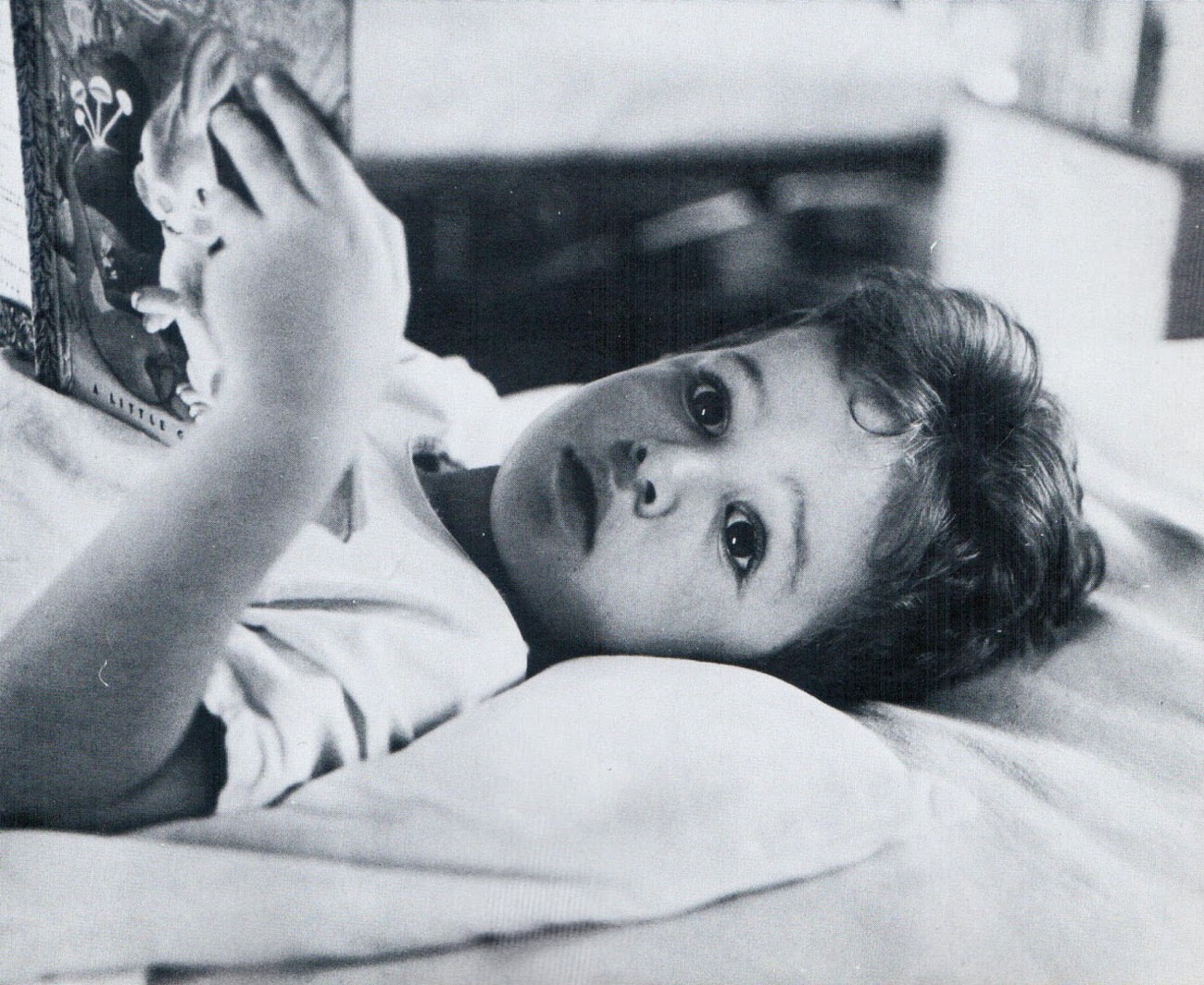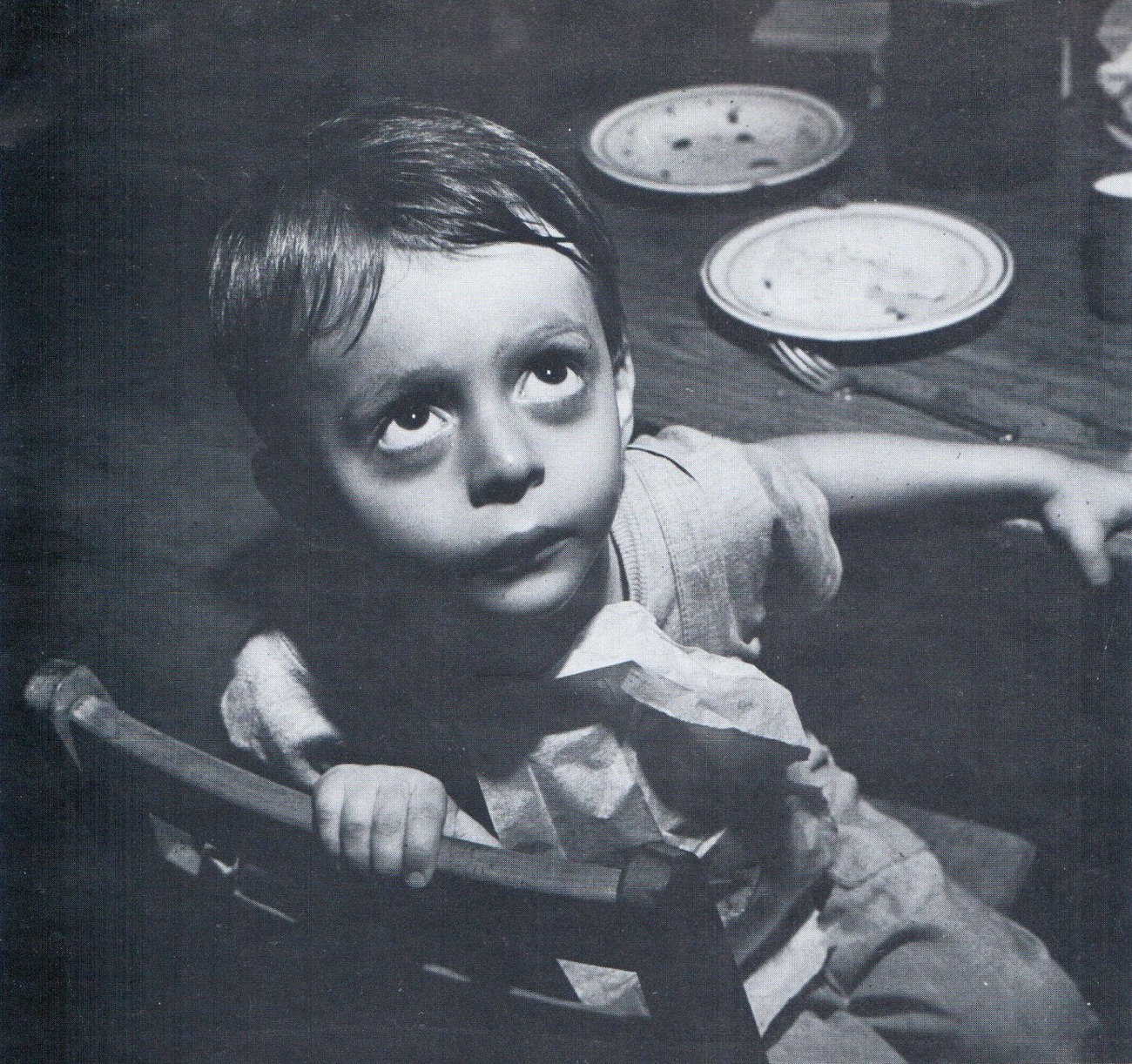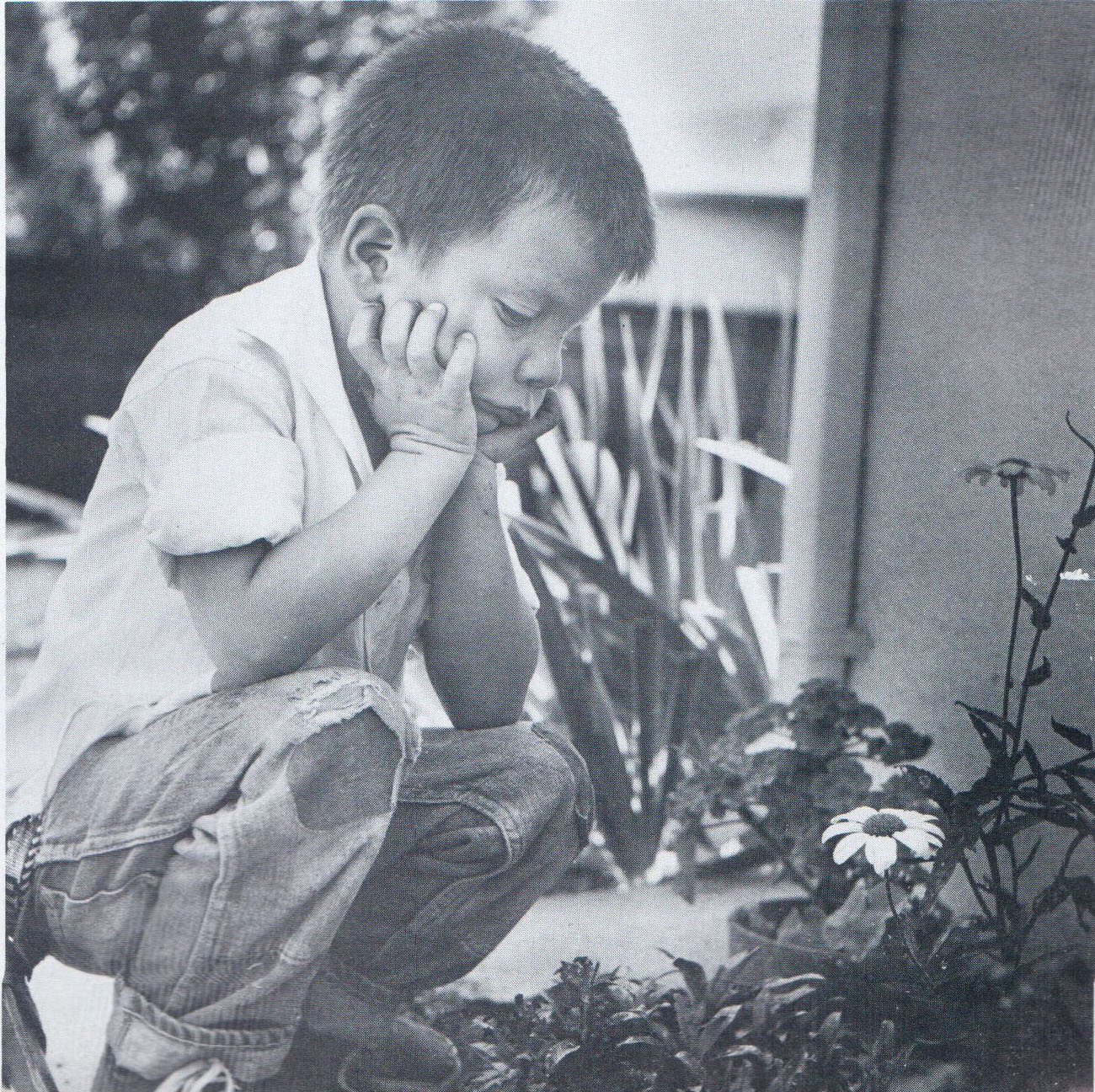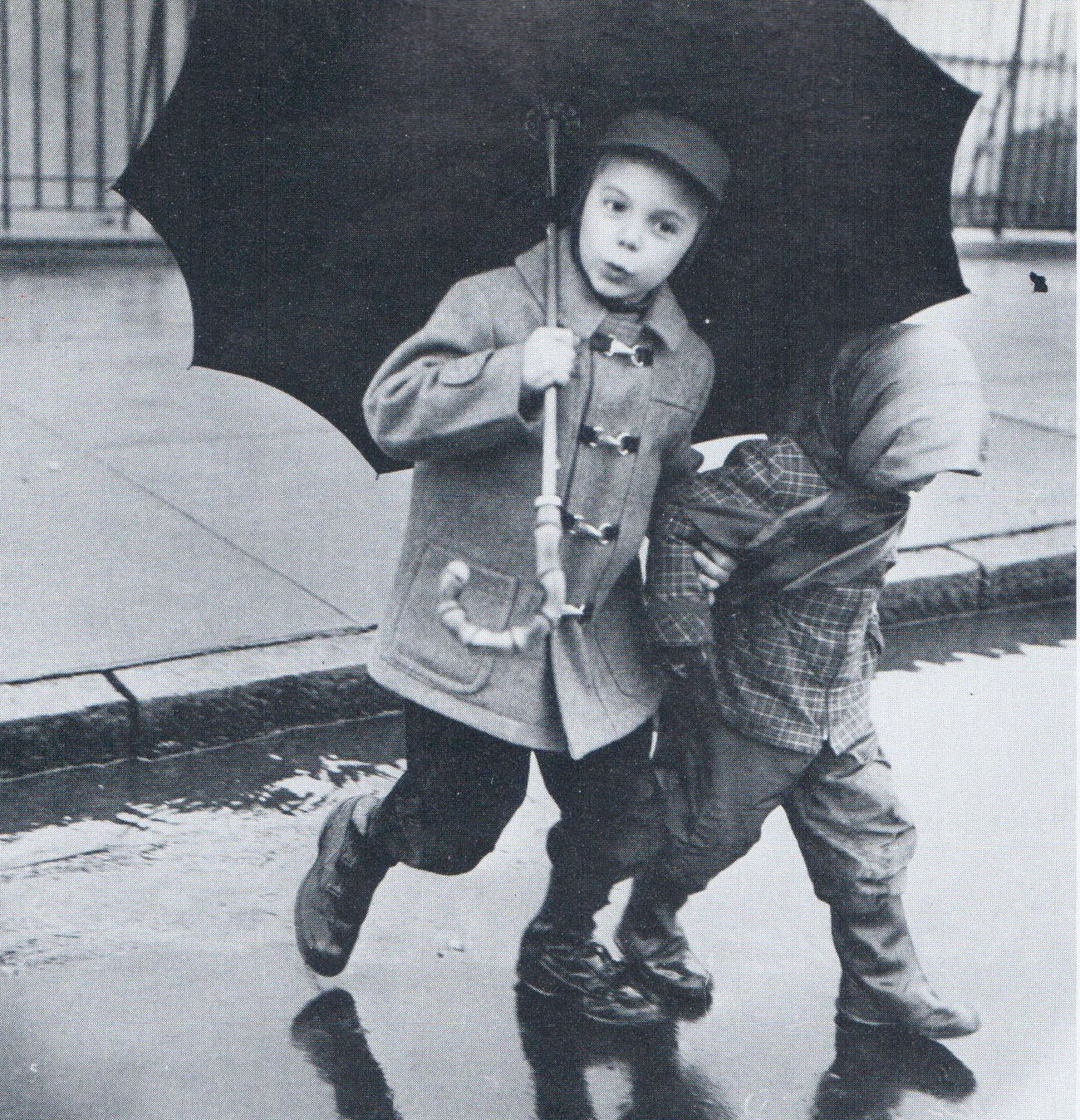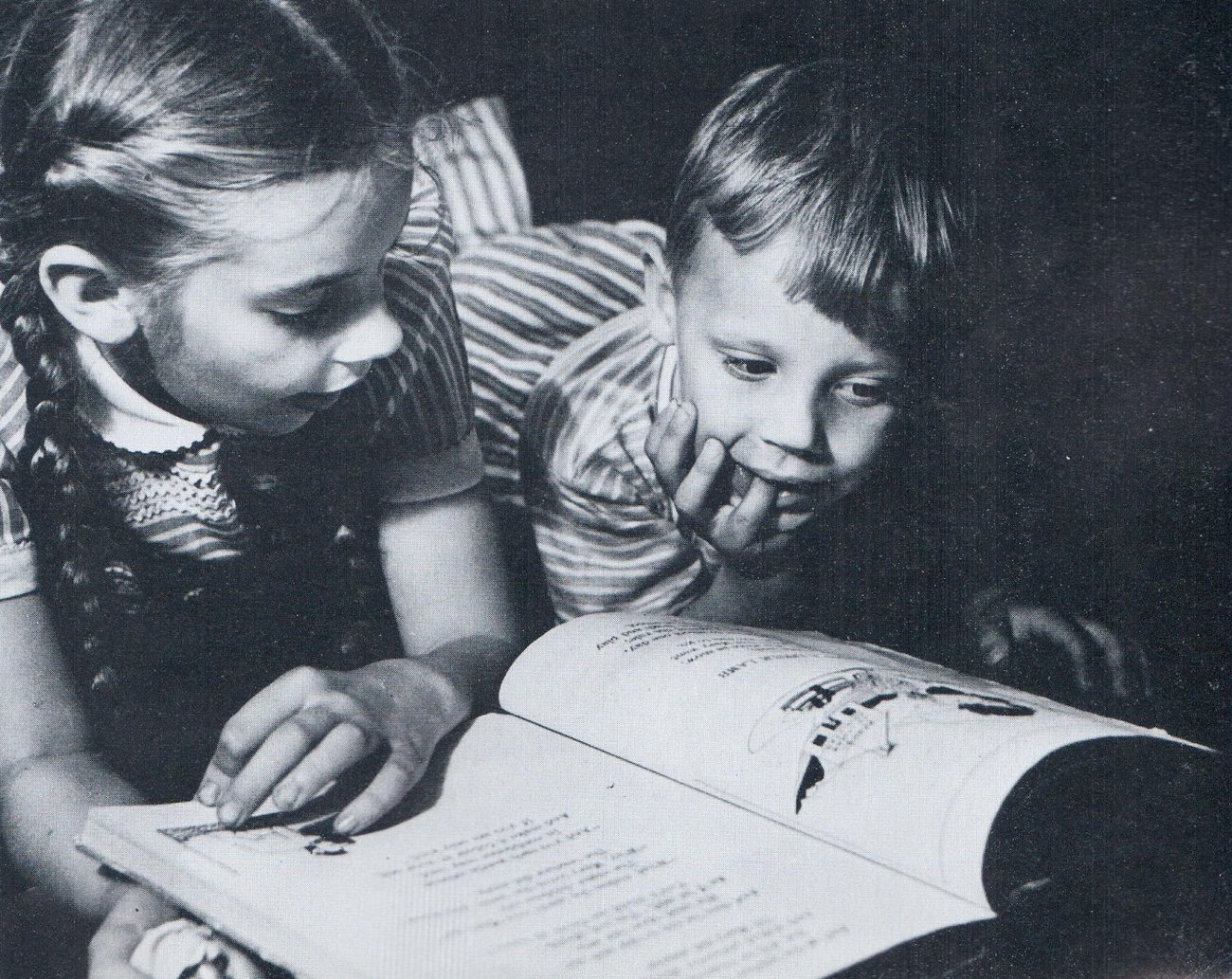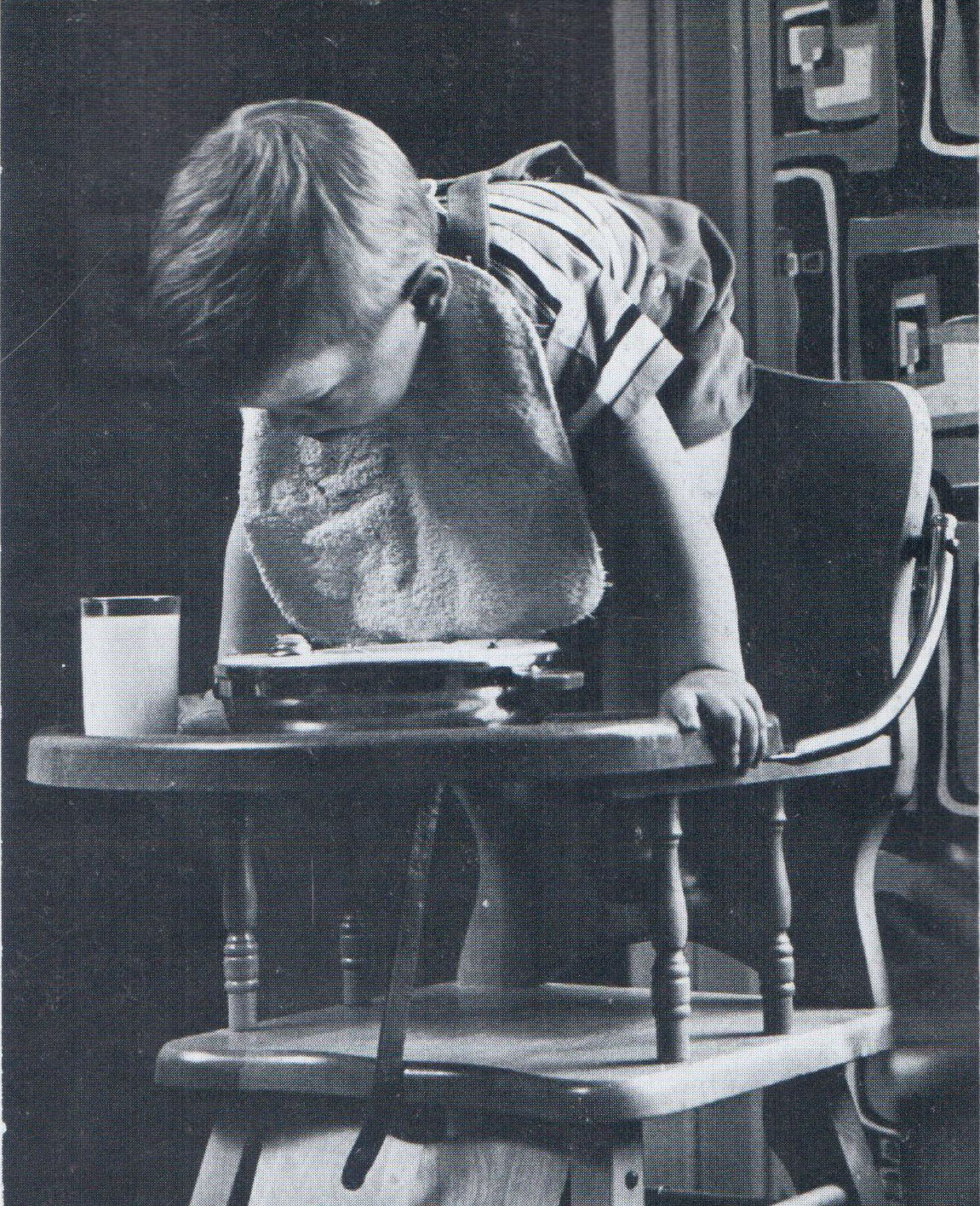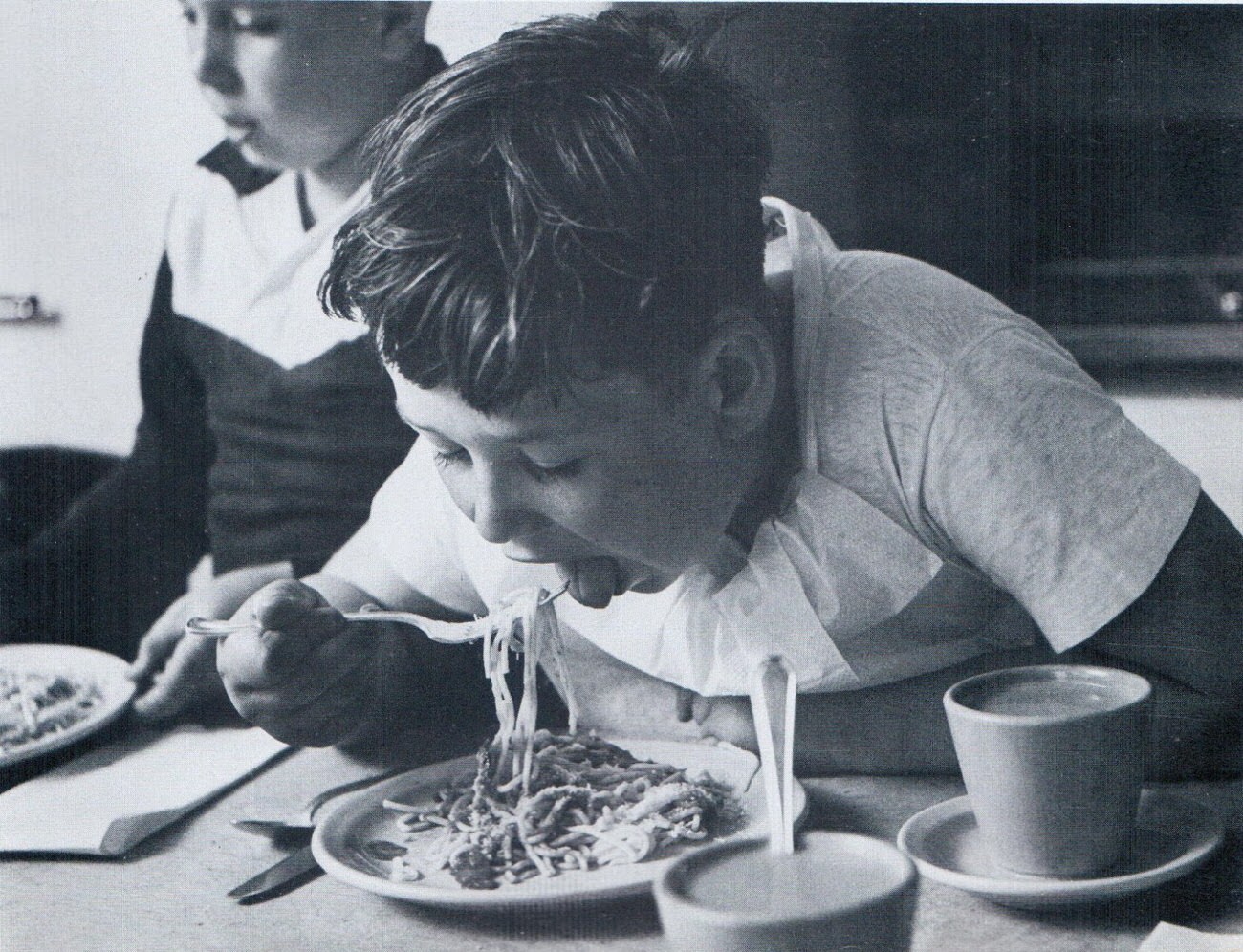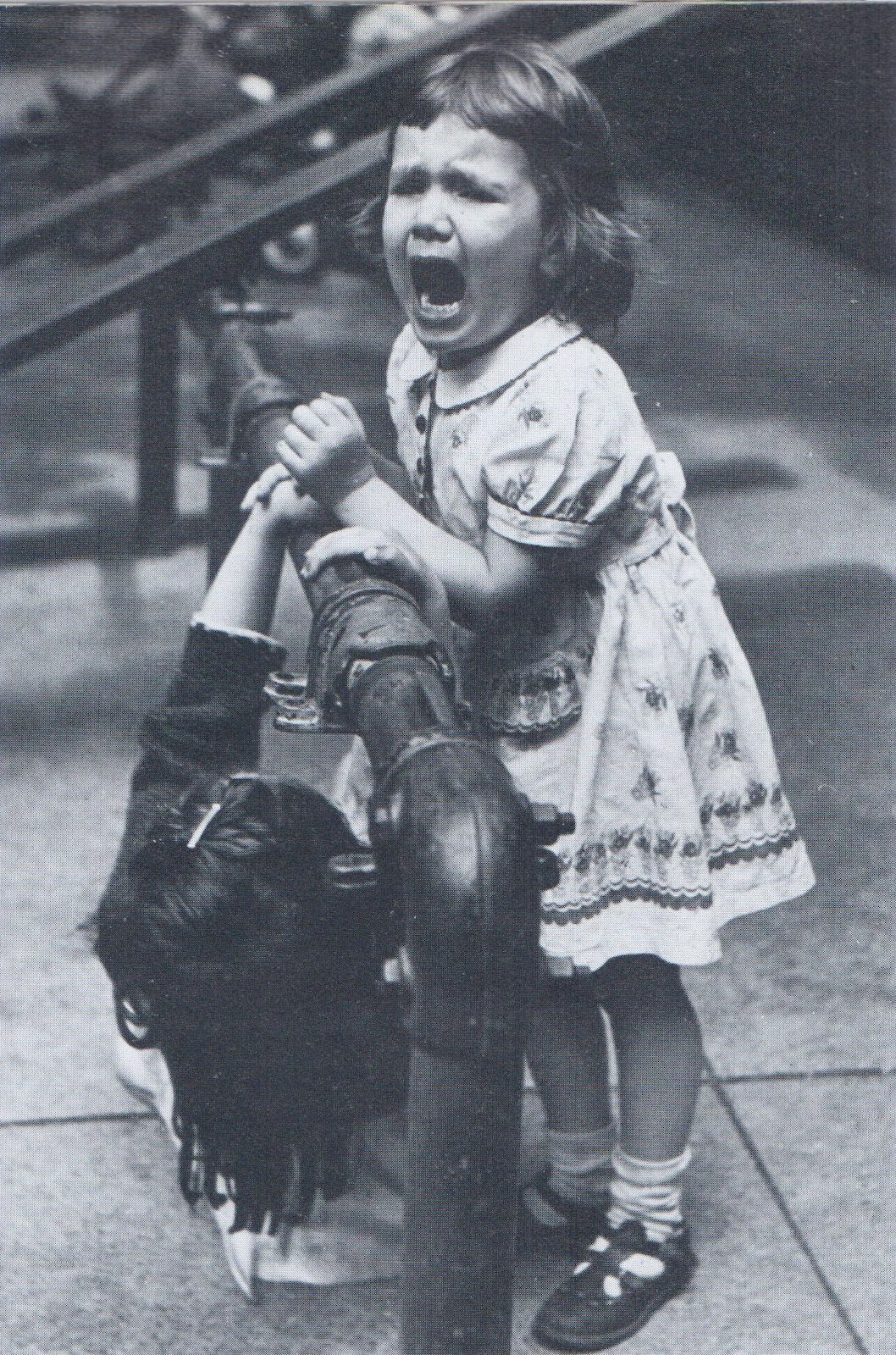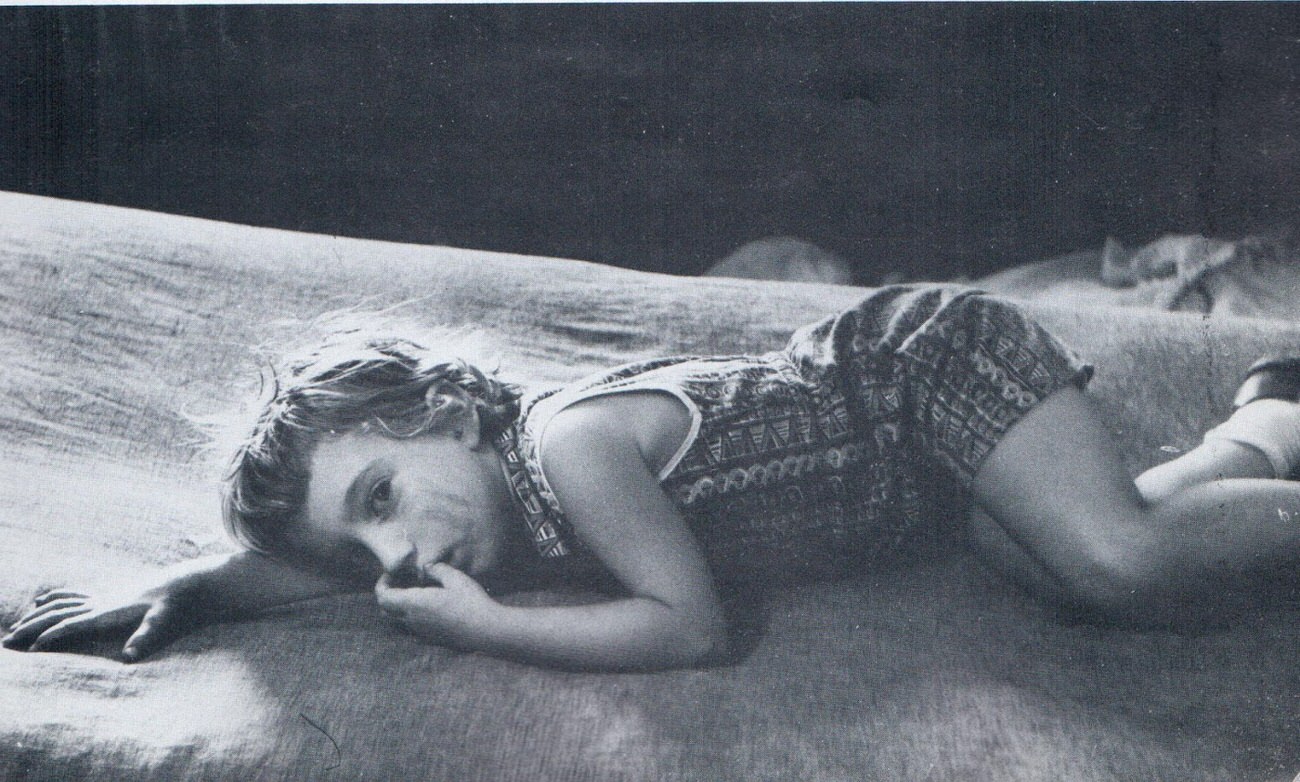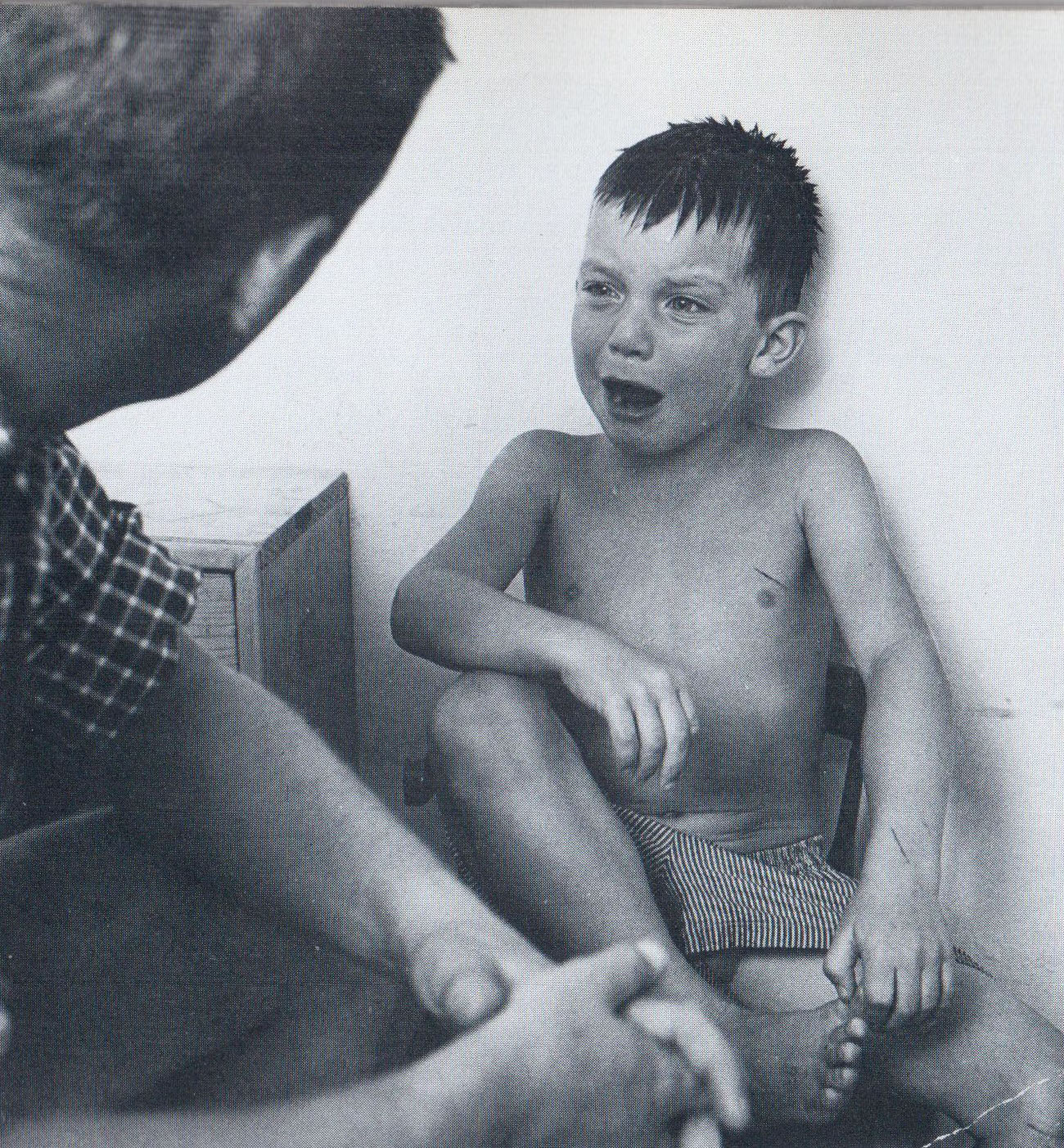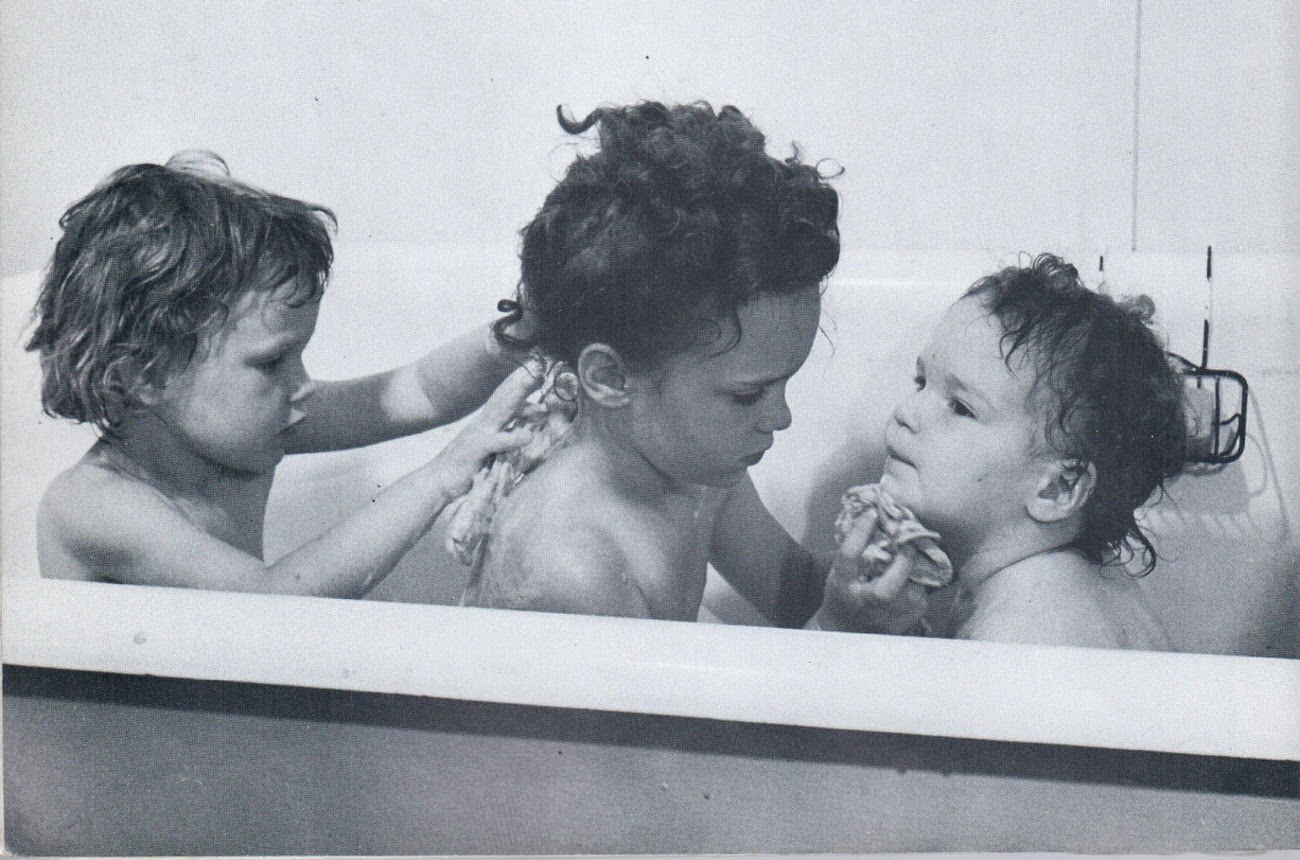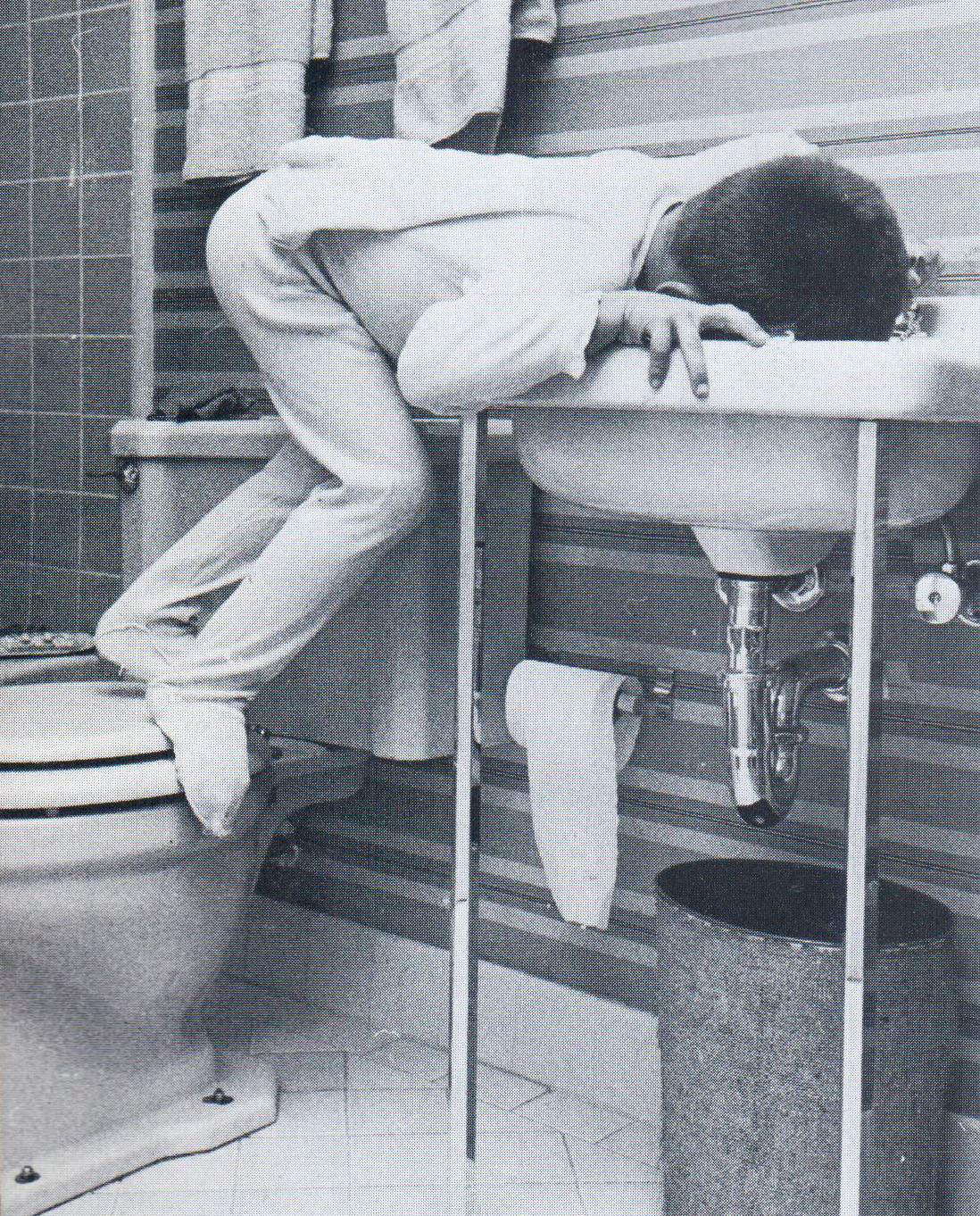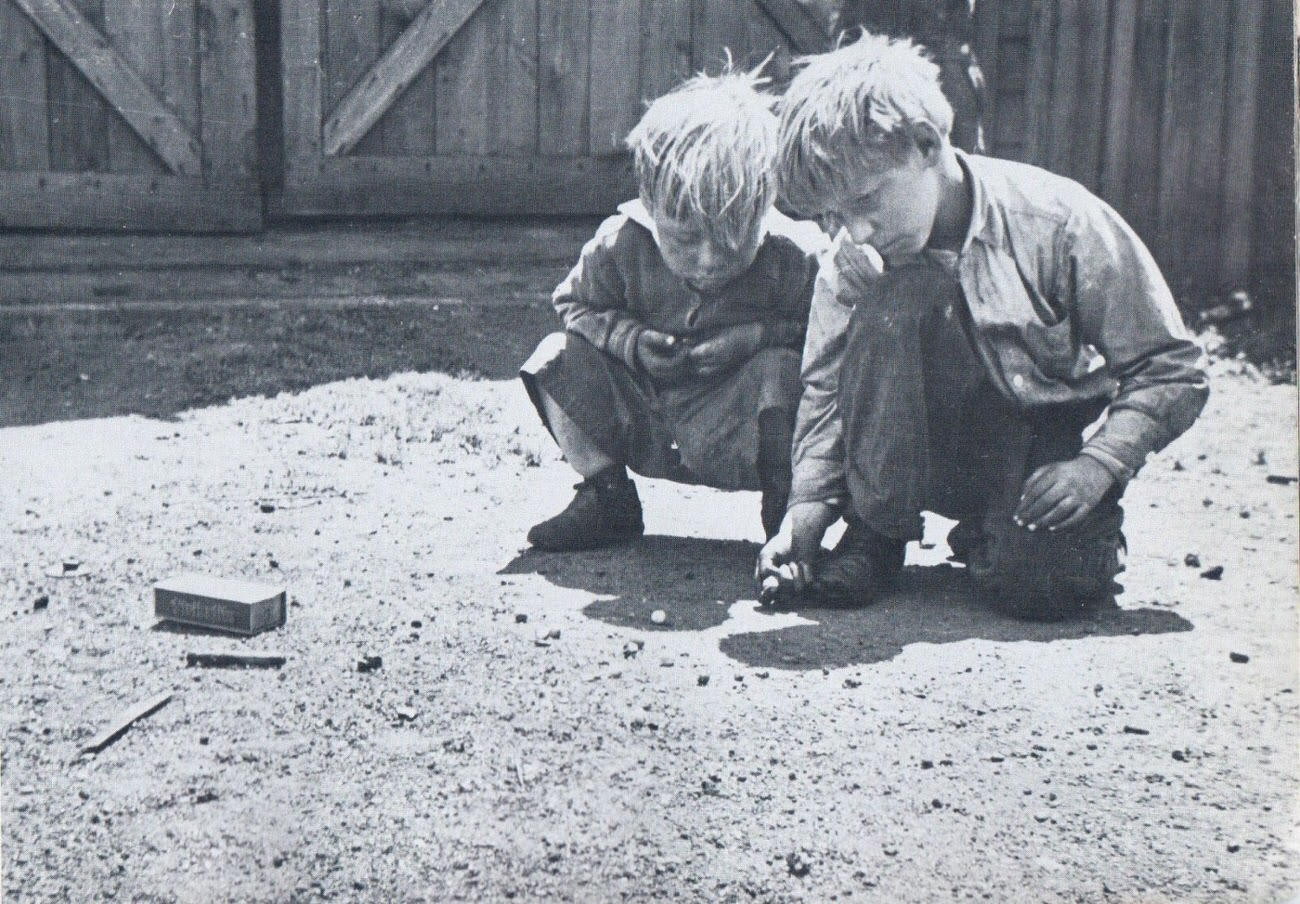The world of children in the 1940s and 50s was a fascinating mix of innocence and resilience. These decades, marked by the aftermath of World War II and the rise of the Cold War, shaped a generation of children in unique ways. Photographer Esther Bubley, known for her intimate portraits of everyday life, captured the essence of childhood during this period, offering a glimpse into their experiences and perspectives.
Bubley’s photographs sought to capture the unguarded moments, the natural expressions and interactions that revealed the true spirit of childhood. She believed in observing and waiting for those authentic moments to unfold, allowing children to be themselves in front of her lens.
Her images reveal a world of play and imagination. Children are seen building forts, playing dress-up, and exploring their surroundings with a sense of wonder. They create their own games and entertainment, using their imaginations to transform everyday objects into toys and props. These photos remind us of a time when play was less structured and more driven by creativity and spontaneity.
But Bubley’s photos also reflect the realities of the time. Children in the 1940s were still grappling with the aftermath of World War II. Some had lost fathers or siblings in the conflict, while others lived with the lingering fear of another war. These experiences shaped their outlook and instilled a sense of resilience and resourcefulness.
The 1950s brought a new era of prosperity and optimism, but also new anxieties. The Cold War and the threat of nuclear attack loomed large, and children participated in drills and exercises designed to prepare them for potential disasters. These experiences, while unsettling, also fostered a sense of community and shared responsibility.


